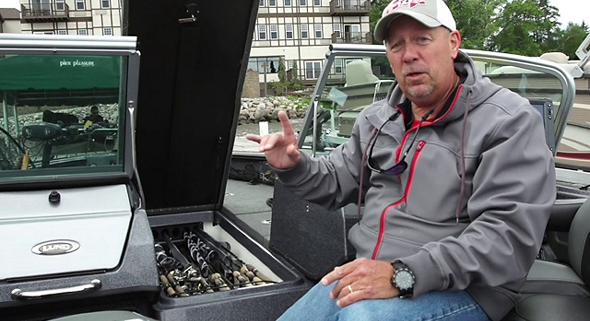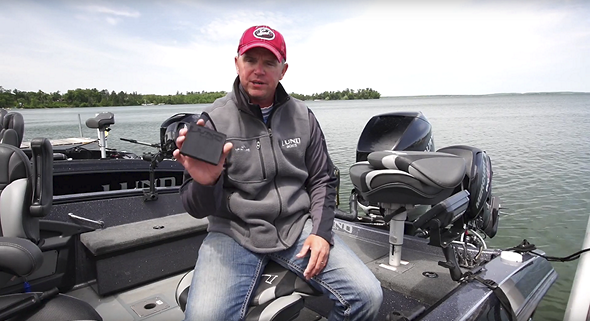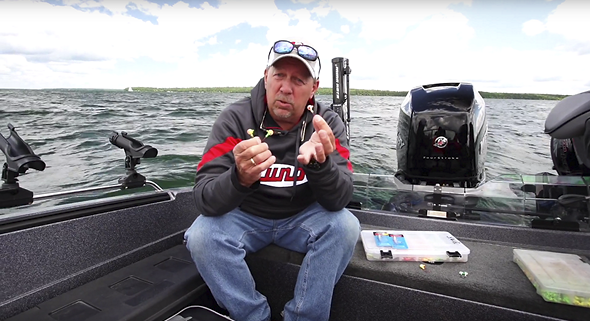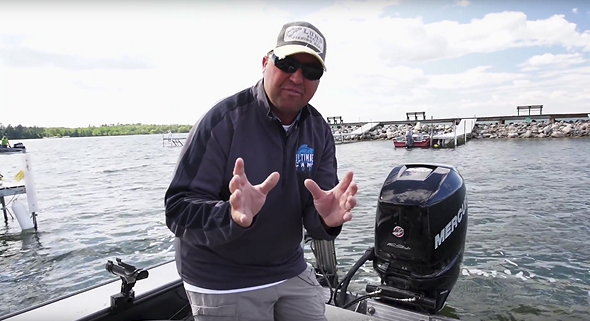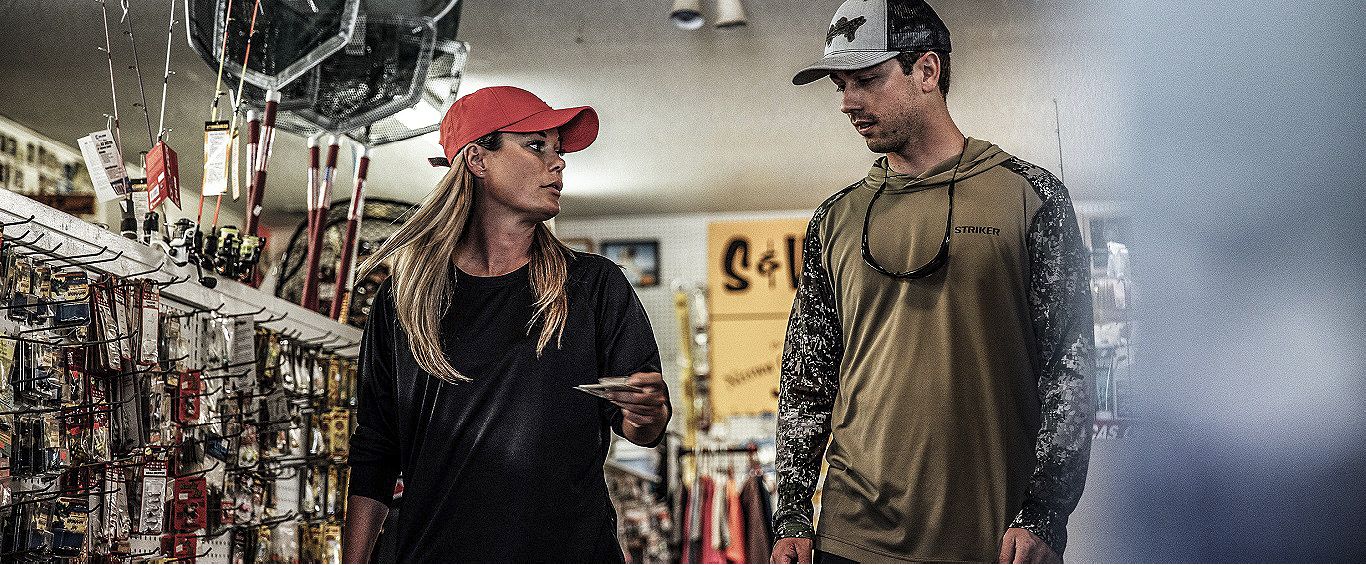
Emergency preparedness is part of boating. You never know what could jeopardize a relaxing day on the water, so having emergency boating supplies on hand is key. Now is the right time to put together a safety kit to keep aboard your Lund boat.
USCG minimum requirements
Start with the barebone minimums mandated by the U.S. Coast Guard. There are five classes of vessel (determined by length) that have different requirements for the emergency gear you must carry. Check out this chart for a comprehensive list by class.
If you’re missing any of this mandated equipment, then you’re out of compliance and must purchase what you need.
Checklist
Lifejackets
Fire extinguishers
Visual distress signals
Sound producing devices
Navigation lights
Supplemental gear
Although the USCG outlines the minimum, there’s additional gear that will keep you safer or at least more comfortable in case of an emergency. Carry an anchor and line to secure yourself while waiting for help, extra line in various sizes and lengths to secure loose equipment, and duct and electrical tapes to fix a broken mirror, wrap tail light wires on your trailer, or even keep a cooler of bait from coming apart.
Bring along a paddle in case your outboard conks out 20 feet from the launch ramp. In the event you’re caught out at night, make sure you have flashlights and headlamps with fresh batteries. Make sure also to have some tools including a knife and a multitool with various screwdriver heads for quick fixes.
Checklist
Anchor and line
Extra line
Duct tape
Electrical tape
Paddle
Flashlights or headlamps with batteries
Tools
Boating first aid kit
Always carry a first aid kit because you never know if you’ll get a fishhook in your finger or a headache while out for the day. Medical kits can be barebones versions you put together yourself in a Ziploc bag, or a professionally compiled assortment of supplies. Don’t forget to prepare items you would need in case of emergency, but also items like sunscreen that can help prevent a painful burn.
Checklist
Disposable gloves
Antiseptic wipes
Compresses, gauze, and adhesive bandages
Instant cold pack
CPR mask
Antibiotic cream
Burn cream
Sunscreen
Aloe gel
Ibuprofen or acetaminophen
Antacids
Seasickness medicine
Antihistamine
Tweezers
More tips
Check your kit regularly to make sure medicines haven’t expired, and keep it in a waterproof container or bag. If you decide to purchase a kit, don’t overbuy. Bigger kits rarely mean additional equipment – they just have more pieces of the same items that you may not need if you boat with only a few people at a time.
Get Updates
Sign up for our newsletter
